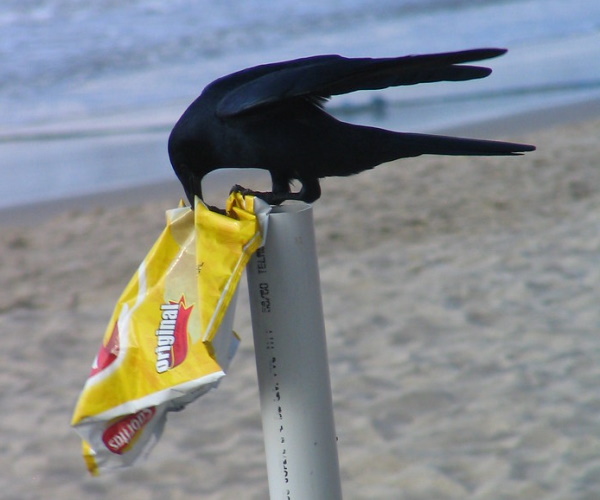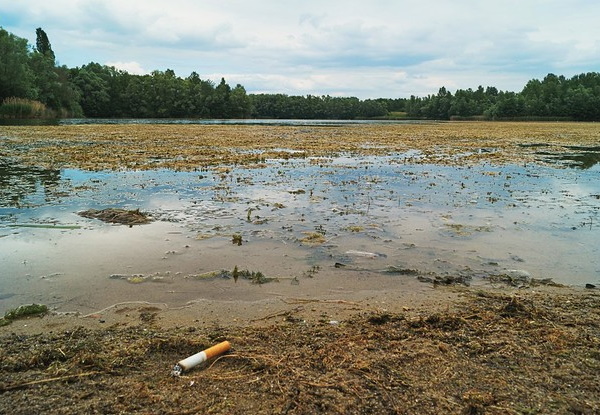
This illustrated list of the top 10 types of beach trash shows our not-so-fantastic plastic pollution problem can’t be swept under the reef any longer.
Cigarette Butts
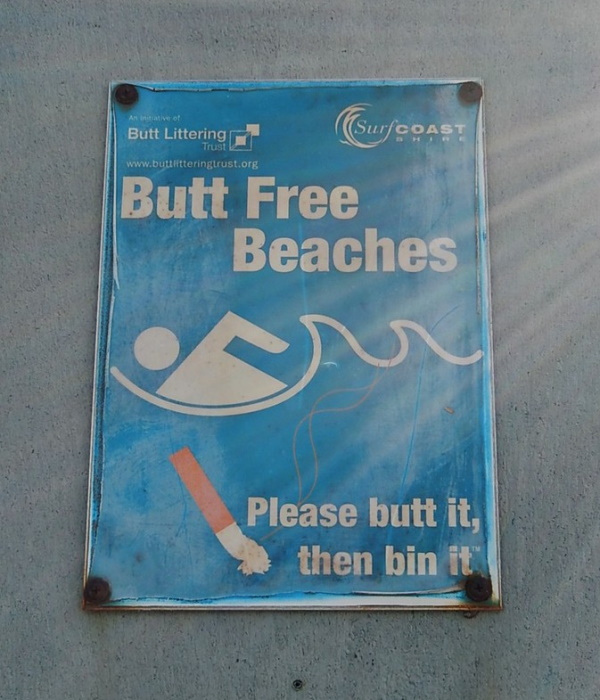
According to the 2020 International Coastal Cleanup (ICC) report released by The Ocean Conservancy, volunteers recovered 964,521 cigarette butts from seashores across the globe. If that sounds like a lot, well, they’re not just blowing smoke: over 10% of the more than 8 million pieces of beach trash recovered overall were cigarette butts. (images at top via 7C0 and above via Michael Coghlan)
* Plastic Trash Fact: Cigarette butts are made from compressed fibers of cellulose acetate, a synthetic bioplastic. The filters do a great job of capturing tobacco’s many tars and toxins before they enter smokers’ lungs. There’s another side to that coin, however. Carelessly trashed cigarette butts take years to break down and decay, all the while leaching those toxic and carcinogenic compounds into the environment.
Plastic Drink Bottles
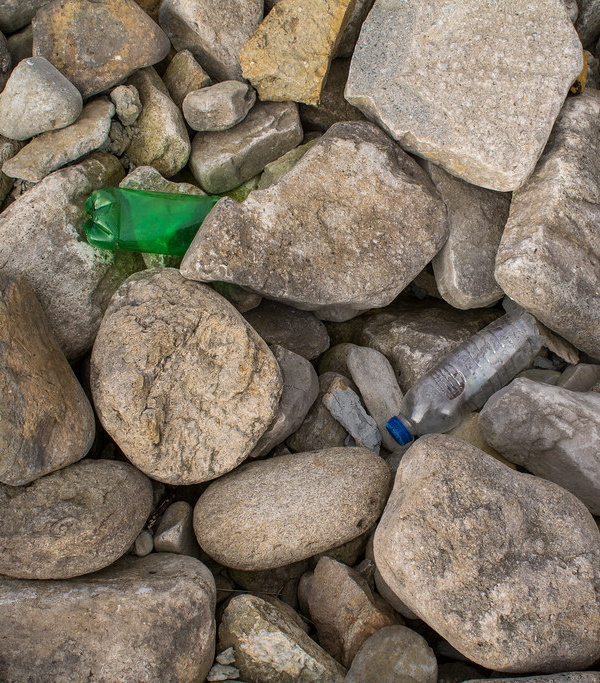
ICC volunteers recovered 627,014 plastic beverage bottles in 2020. It’s a truly saddening statistic since widespread adoption of reusable drink bottles could have substantially reduced that number. Meanwhile, every one of those trashed single-use plastic beverage bottles is slowly breaking down into ever-smaller plastic pieces and particles. These microplastics pervasively pollute the marine environment and everything that lives in it – and on it. (image via Stoutcob)
* Plastic Trash Fact: According to The Guardian, “Fewer than half the bottles bought in 2016 were collected for recycling and just 7% of those collected were turned into new bottles. Instead, most plastic bottles end up in landfills or in the ocean.” Good job, humans.
Plastic Snack Wrappers
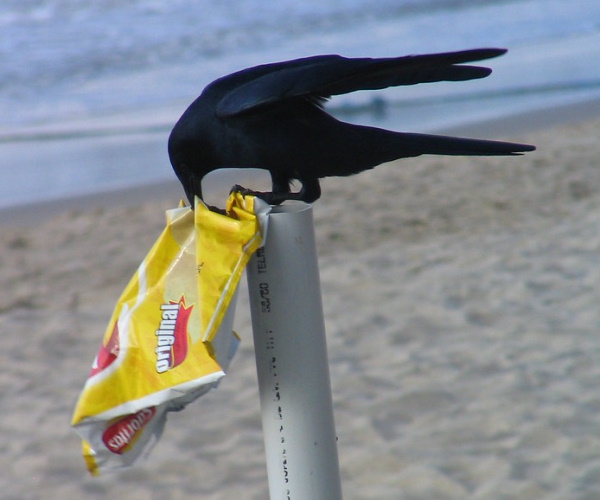
Candy or chocolate bar wrappers, potato chips bags and the like are common forms of plastic beach trash whose light weight causes them to be wind-blown into bodies of water the world over. Indeed, an astounding 573,534 plastic food wrappers were picked up by ICC volunteers in 2020. No doubt this is only a fraction of the actual number of trashed snack wrappers. What are manufacturers doing to mitigate this issue? Anything? Bueller? C’mon Lay’s (and others), betcha can’t pick up just one! (image via César Rincón)
* Plastic Trash Fact: Most chip bags and candy wrappers are made from metalized polypropylene (aluminum laminated with polypropylene). This composite material is very difficult to recycle because their components cannot easily be separated. Though niche recycling firms exist, the only option for the vast majority of consumers is to dispose of these bags and wrappers in their household trash. As simple as that sounds, we couldn’t even do that at least a half-million times last year.
Miscellaneous Trash
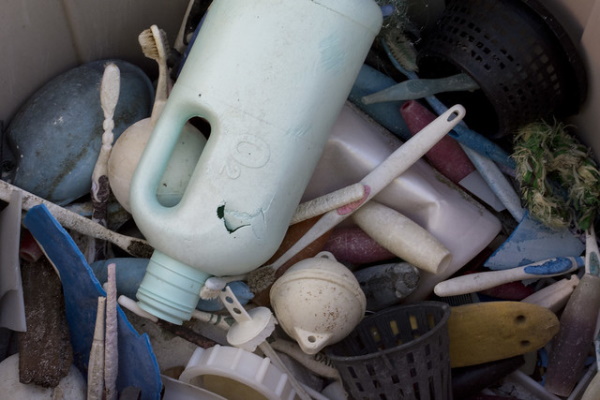
Many trashed items begin breaking down – or shall we say, “breaking” – before they’re even disposed of. Last year, ICC volunteers collected 519,438 items of this so-called miscellaneous beach trash including unidentifiable pieces of metal or plastic, “beach whistles”, and broken fishing gear. To that we can add a new sub-category: carelessly tossed surgical masks, discarded gloves and used disinfectant wipes. Since COVID-19 appears to be here to stay, expect PPE to get its own category in future ICC Top Ten listings. (image via USFWS – Pacific Region)
* Plastic Trash Fact: Beyond the enormous human cost, societal stress and economic disruption, the COVID-19 pandemic has also devastated the environment. A UK-led observational study published in the journal Nature Sustainability notes an 80-fold increase in mask litter alone in 11 countries over a 14-month period. Now that’s sick!
Plastic Bottle Caps
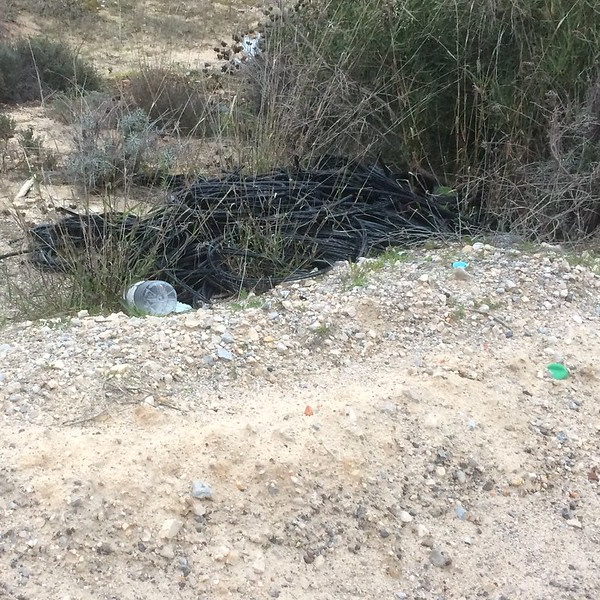
Plastic bottle caps may be small but they sure do get around, including those co-opted by young hermit crabs in lieu of natural seashells. ICC volunteers plucked 409,855 plastic bottle caps from the world’s beaches and shorelines in 2020. Wouldn’t it be nice if beverage manufacturers stepped up to solve this issue the same way soda and beer can makers did with detachable pull-tabs decades ago?
Considering 627,014 plastic drinks bottles were retrieved over the same time period, one wonders what happened to almost 120,000 “missing” bottle caps. They can’t all have been nabbed by homeless crabs. (image via pedro proenza)
The sea was angry (and fed up) that day, my friends. Check out Spoiled Shore: Storms Trash Golden Sands Beach!
